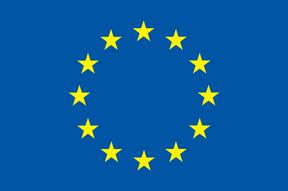
IMCONet is an international Research Network that follows an interdisciplinary approach to understand the consequences of Climate Change in coastal Western Antarctica. A Network for Staff Exchange and Training, IMCONet is funded by the Marie Curie Action IRSES (International Research Staff Exchange Scheme) of the 7th Framework Programme of the European Union. The activity brings European, South American and US scientists together to advance climate and (eco-) system change research at the Western Antarctic Peninsula (WAP), a region of recent rapid aerial warming.


This project is funded by the European Union.
User login


